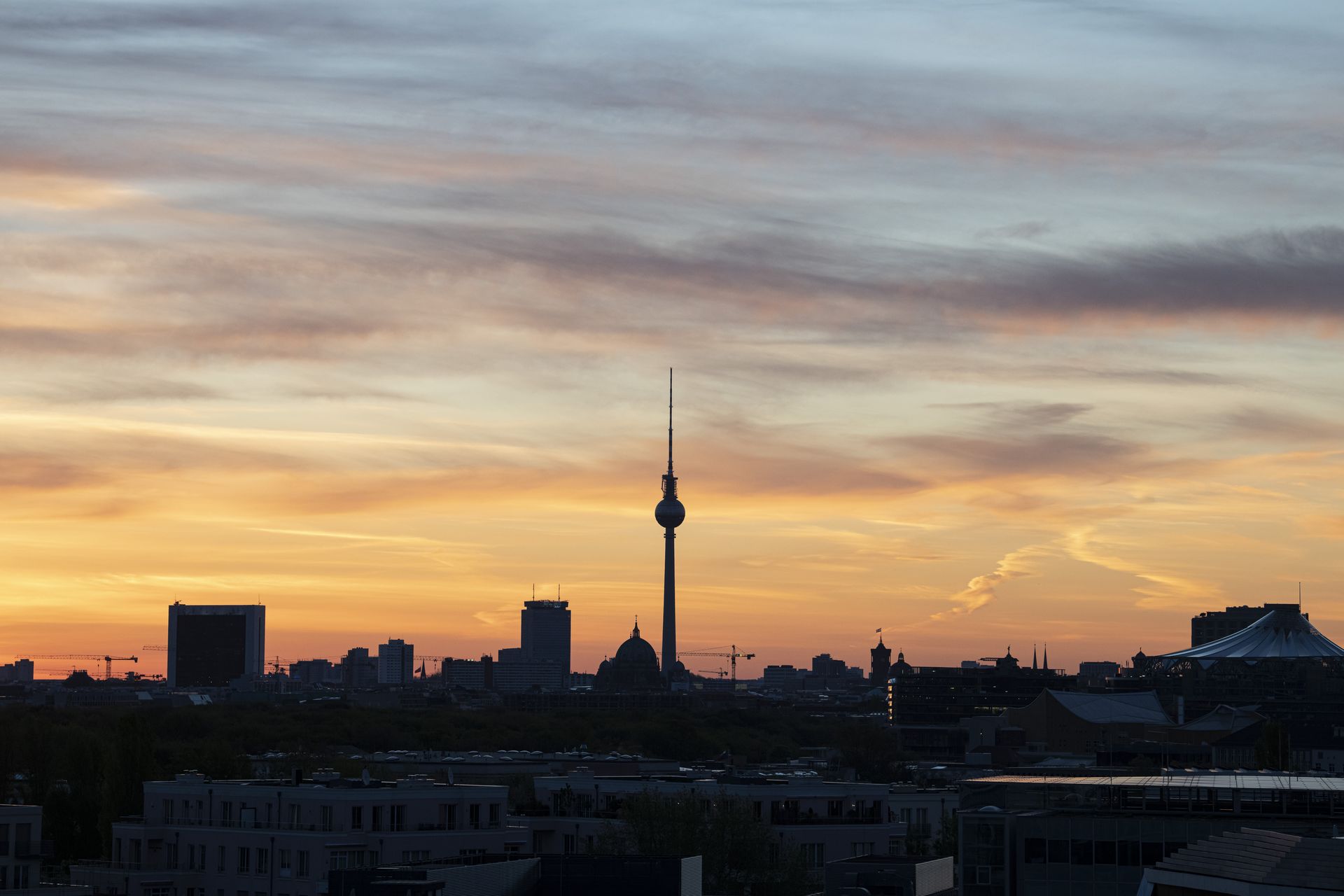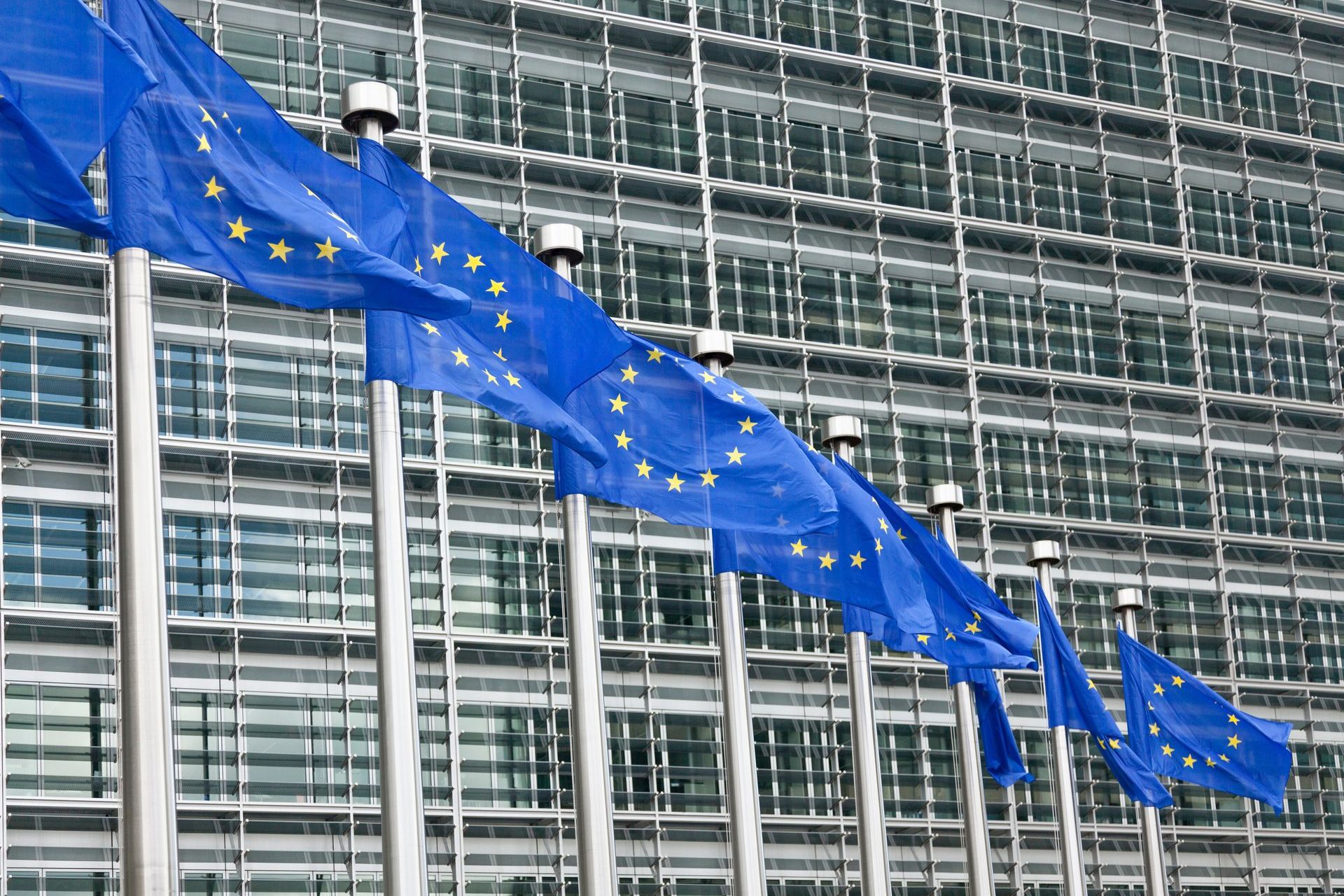Countries where the gender pay gap is the lowest… and the highest!
The years go by and the wage gap between men and women persists, despite a relative decline in the long term. What are the reasons and which countries are the most affected?
The French portal "touteleurope.eu" presents several explanations for this phenomenon, including differences in education, selection of labor sector, segregation in the labor market, unequal distribution of domestic responsibilities and childcare.
Never miss a story! Click here to follow The Daily Digest.
@CoMujeres/Unsplash
Another important factor of inequality is the lower number of hours worked by women. An INSEE study mentioned "inequalities in workload, with women much more often in part-time jobs and less frequently employed year-round than men."
@Brooke Cagle / Unsplash
“In addition, activity sectors continue to be highly differentiated by gender and remuneration levels tend to be lower in female sectors, mainly in personal care," adds Euronews.
However, results in this area vary greatly from one country to another. Find out in images which states have the best and worst results in terms of equal pay.
@Amy Hirschi / Unsplash
According to statistics compiled by the "Statista" portal, when calculating women's income as a percentage of the average gross salary of men, South Korea tops the list of OECD countries with the largest wage gap, reaching 31, 1% in 2021.
Israel is also characterized by having a considerably high wage gap, 24.3%, which is practically equivalent to a quarter of the difference between the salaries of men and women.
@Taylor Brandon / Unsplash
Japan follows closely with a wage gap of 22.1%. This figure reveals a society that remains deeply rooted in traditional gender roles, which contributes to this salary disparity between men and women.
@David Edelstein / Unsplash
But the pay gap is also relatively high in the United States, where women continued to earn on average 16.9% less than men in 2021.
@frank mckenna / Unsplash
According to statistics provided by Eurostat for the year in question, it has been determined that the average wage gap in the European Union is 12.7%, while in the Eurozone it reaches 13.6%.
With a pay gap of 20.5%, Estonia has the highest rate among the 27 EU countries. The Baltic country is also the only one in the EU where the difference is more than a fifth of men's salaries.
@Leo Roomets / Unsplash
Germany, long conservative on women's access to the labor market, has a pay gap of 17.6%. A high result in this country where part-time work for women is widespread.
Despite a series of proactive policies, the wage gap in France remains at 15.4%, a rate higher than the European average.
@Julien L / Unsplash
On the other side of the Pyrenees, Spain is more advanced in terms of equal pay, with a salary gap contained at 8.9%.
@Alexander Awerin / Unsplash
Italy can also boast excellent results, with an income difference between men and women of "only" 5%.
@Pablo Merchán Montes / Unsplash
A percentage identical to that of Belgium, which is one of the European countries with the best results in this area, along with Poland (4.5%) and Slovenia (3.8%).
But the prize for the best student in the European promotion goes to Romania, with a salary difference limited to 3.6% between men and women.
@PJ Gal-Szabo / Unsplash
Euronews highlights the rapid reduction of wage gaps in some European countries between 2006 and 2021, such as Cyprus (-12 percentage points), Luxembourg (-11), Greece (-10) and the Netherlands (-10).
@Christina Wocinte / Unsplash
However, the television channel notes a worrying increase in other states, such as Croatia (+5 percentage points), Malta (+5), Portugal (+4) and Hungary (+3).
The good results are welcome in other countries around the world, according to “Statista", such as in New Zealand (6.7% difference), Norway (4.6%) and Colombia (2.7%).
Never miss a story! Click here to follow The Daily Digest.
@krakenimages/Unsplash
Is the world heading towards definitive pay equality between men and women? If the progressive erosion of salary differences is cause for optimism, the differences that are still measured in some states show the length of the road that remains to be traveled.
@Brooke Lark / Unsplash
More for you
Top Stories


































